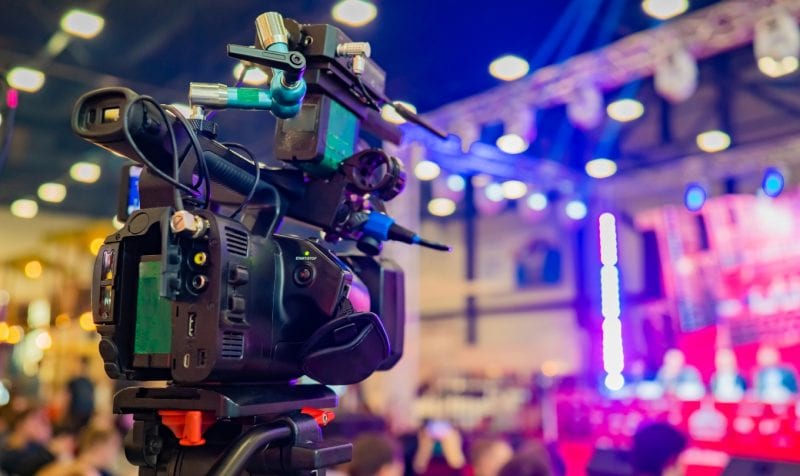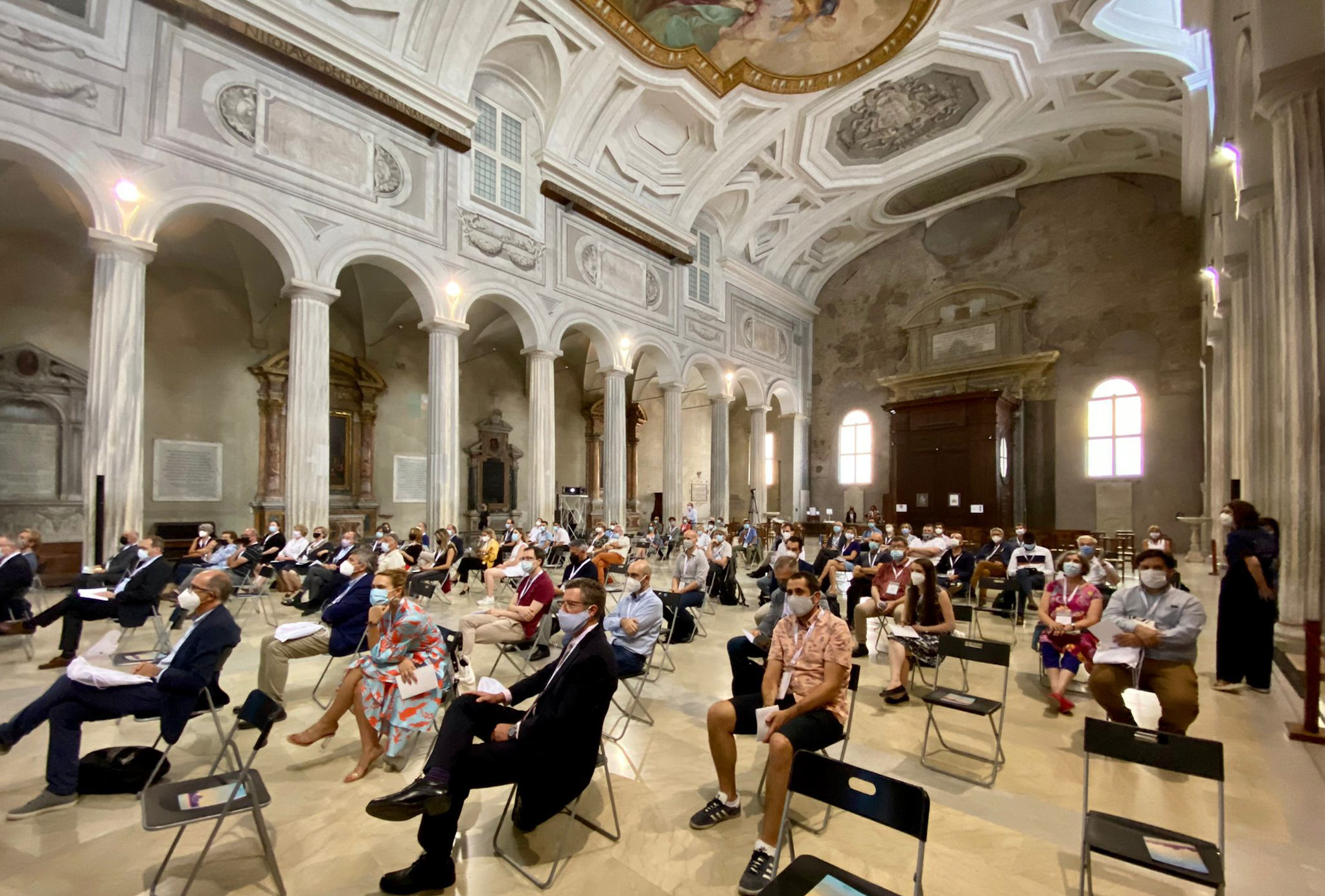
Last summer, an architectural firm in Vancouver ran an interesting experiment. They created a pop-up coffee shop that was designed as a cage – a shield that blocks electromagnetic signals – in order to cut off all mobile and wifi signals in the interior of the cage. As the project team lead said: “In a space devoid of cellphone or data connections, the team hopes to create personal ones instead.”
The creators wanted to give people a place to opt out of wireless use, reflect on our relationship with technology, and “propose an alternative future relationship [with] digital technology”. While quite artsy and non-mainstream, this idea speaks to one of my longstanding beliefs: in order to embrace creativity, one of our core products, we have to create the right environment
Human time
First, let me be clear – wireless communication and digital products have created incredible opportunities for our industry, and I believe these are only going to become more important as we move forward. However, sole reliance on digital resources can be a little too… one-dimensional.
There is a common risk particular to our industry – that the design department becomes purely an “ideas factory”, rather than truly embracing the concept of the creative hub. Essentially, with this kind of silo-type thinking, collaboration and knowledge sharing with other departments is discouraged and, ultimately, service offerings suffer.
To have these necessary and essential creative conversations, we need “human time” to brainstorm with colleagues away from desks, computers, phones, and other distractions.
Without humanity, creativity suffers. If we truly want to deliver quality design and experiential events, we need to foster an environment that nurtures creativity and discussion.
How do we do this? Start with these tips:
- Create and maintain collaborative spaces – comfortable open areas where people can come together to brainstorm and discuss;
- Ensure a relaxed, informal, environment in these spaces and provide a library of inspirational information – continually updating it to represent current trends and insights;
- Provide a collaborative medium for ideas exchange, like a whiteboard or smart table;
- Foster a culture of respect between colleagues in this space, ensuring that quiet focus is retained and devices are off.
- Encourage informal knowledge sharing and mentoring activities.
Dean Cluer is Creative and Design Director at Pico Dubai


